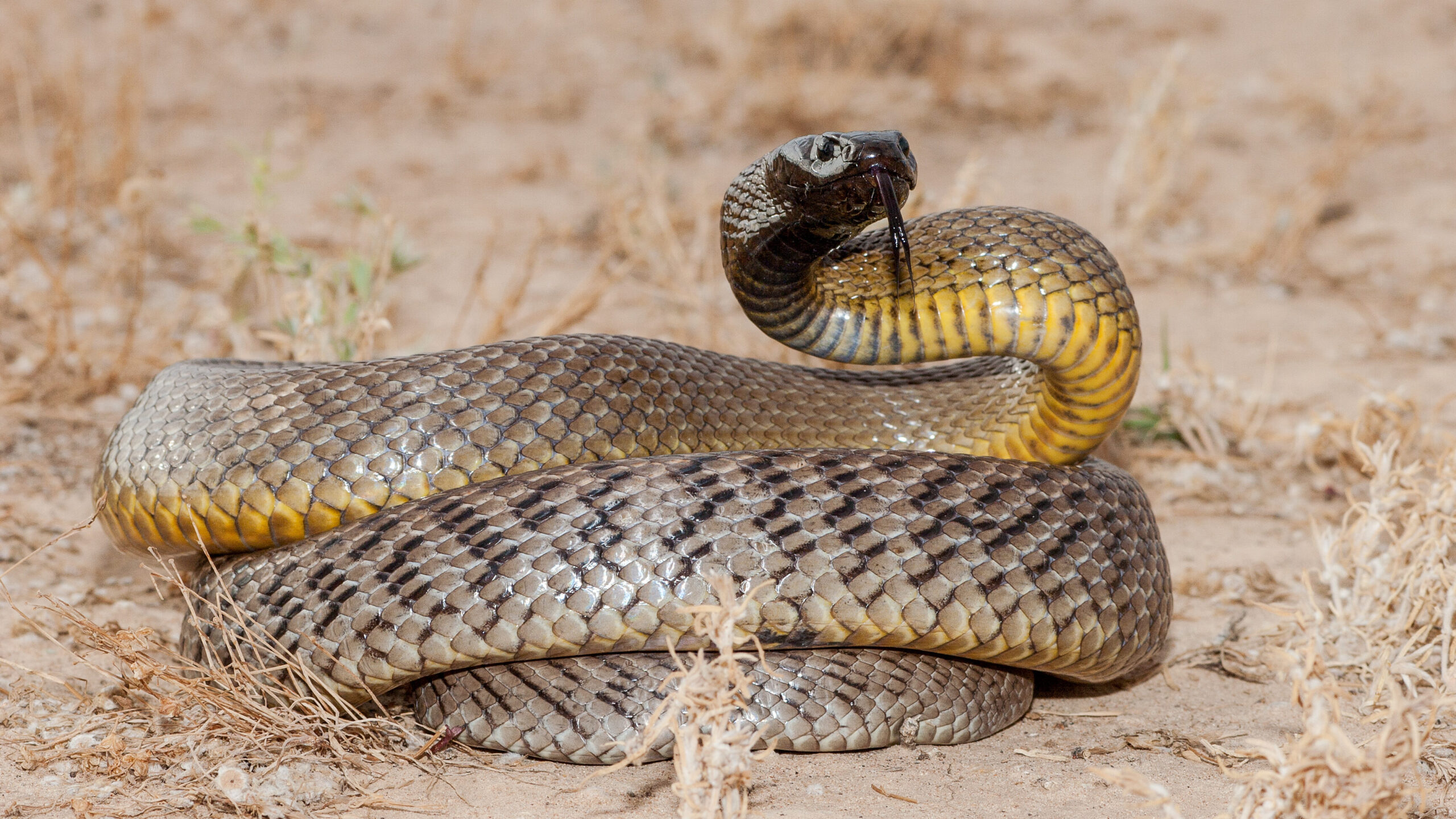Introduction
Australia, a land of diverse wild animals, is home to numerous remarkable animals, consisting of snakes that can influence both wonder and fear. Amongst these snakes is the tiger snake, recognized for its striking appearance and credibility as a poisonous predator. Consequently, one inquiry often occurs: Are tiger snakes venomous? This write-up will explore the misconceptions and realities surrounding tiger snakes, their habitat, habits, clinical ramifications of their attacks, and much more.
Are Tiger Snakes Venomous?
When it concerns the question of whether tiger snakes are poisonous, the response is a resounding yes. Tiger serpents (Notechis scutatus) are without a doubt venomous and ranking amongst one of the most dangerous snakes in Australia. Their venom has potent neurotoxins that can result in paralysis and even death if not treated without delay.
While fatalities from tiger serpent attacks have ended up being much less typical because of advancements in clinical treatment and antivenom availability, this does not lessen the requirement for caution when running into these reptiles. The possible effects of a tiger snake bite include severe discomfort at the website of the bite, swelling, queasiness, difficulty breathing, and neurological signs such as weakness or paralysis.
Types of Tiger Snakes
In Australia, there are several identified subspecies of tiger snakes:
- Eastern Tiger Snake (Notechis scutatus): Discovered primarily in southeastern Australia. Tasmanian Tiger Snake (Notechis scutatus): A subspecies discovered only in Tasmania. Black Tiger Snake: Understood for its darker coloration.
Each of these types has variations in dimension and behavior but shares comparable venom characteristics.
The Habitat of Tiger Snakes
Where Do They Live?
Tiger serpents are adaptable animals King Brown snake identification discovered throughout different environments throughout Australia. They normally live in coastal areas but can additionally be discovered in marshes, swamps, waterfronts, and forests. Their preference for moisture-rich settings makes them adept swimmers; thus they flourish near water bodies like lakes or Snake venom effects marshes.
Geographical Distribution
- Southeastern Coast: Home to Eastern tiger snakes. Tasmania: Dominated by Tasmanian tiger snakes. Northern Regions: Where you may run into much less typically seen variants.
Habitat Preferences
Tiger serpents choose areas with plentiful cover where they can conceal from predators while hunting for victim. They frequently quest tiny creatures, frogs, birds, and even fish-- making them flexible seekers within their ecological niche.
The Makeup of a Tiger Snake
Physical Characteristics
Tiger snakes possess distinctive physical qualities that separate them from other Australian reptiles:
- Coloration: Usually banded with yellow or light-colored stripes on a dark background. Size: They can grow up to 2 meters long; nonetheless, typical sizes vary between 1.2 to 1.5 meters.
The special coloration serves both as camouflage versus predators and while stalking victim in their all-natural habitat.
Behavioral Traits
Understanding the behavior patterns of tiger serpents is crucial for those living within their geographical array:
- Nocturnal Activity: They are primarily energetic at night however might likewise hunt during the day. Defensive Behavior: When intimidated, tiger serpents might hiss noisally or flatten their bodies-- a warning sign indicating they feel cornered.
Tiger Serpent Bite Symptoms
If bitten by a tiger snake, individuals need to expect details signs that manifest right after:
Severe localized pain Swelling around the bite area Nausea or vomiting Difficulty breathing Neurological signs and symptoms such as muscular tissue weaknessIt's crucial never to ignore these signs; prompt medical focus is crucial complying with any type of snake bite incident.
First Aid for Serpent Bites
Immediate Activities After a Bite
Knowing exactly how to react promptly can save lives when managing prospective snake attacks:
Stay calm and still-- motion increases venom spread. Call emergency solutions immediately. Keep the impacted arm or leg paralyzed listed below heart level. Avoid cutting or drawing out venom; this old better halves' story might get worse conditions. Remove tight clothes or fashion jewelry near the bite site.First Aid Kit Fundamentals for Serpent Bites
A well-stocked first aid package must include products specifically helpful in treating serpent attacks:
|Item|Objective|| --------------------------------|-----------------------------------------------|| Sterile plasters|To cover wounds|| Disinfectant wipes|To clean up around bite area|| Emergency situation contact numbers|For fast gain access to throughout emergency situations|| Compression plaster|To assist incapacitate impacted limb|
Proper preparation can make all the difference when an emergency strikes.
Fact vs Myth Concerning Tiger Snakes
Myth 1: All Snakes Are Aggressive
Contrary to usual idea, not all serpent varieties display aggression towards people. Actually, several prefer to pull away than confront us.

Myth 2: A Bite Always Brings About Death
While deadly attacks do happen-- thanks greatly to delayed treatment-- the majority of attacks are non-fatal if dealt with without delay with antivenom.
Myth 3: You Can Draw Out Venom
This widely held belief is incorrect; attempting to suck out venom just boosts issues instead of alleviating them!

FAQs
1. Are child tiger snakes much more harmful than adults?
Baby tiger snakes might possess much less venom than grownups yet usually supply attacks without hesitation due to being more frightened.

2. How long does it take for symptoms to show up after a bite?
Symptoms typically show up within minutes but can sometimes take hours depending upon elements like private health and wellness conditions.
3. What should I do if I see a tiger snake?
Maintain distance! Stay clear of provoking it; most encounters finish without incident if you value their space.
4. Exists an antivenom available for tiger serpent bites?
Yes! Antivenom exists particularly developed for treating ailments brought on by tiger snake bites-- eastern tiger snake it's crucial to look for expert clinical aid immediately!
5. Can I maintain a tiger snake as a pet?
Keeping any wild serpent types poses substantial threats due primarily to their breeding habits & & dietary needs-- it's best left in nature!
6. How prevalent are snake bites in Australia?
Australia sees thousands of snakebite situations annual; nevertheless fatalities have actually lowered dramatically thanks largely due improved recognition & & medical care access!
Conclusion
In verdict, recognizing whether "Are Tiger Snakes Venomous?" carries significant ramifications for personal security when engaging with these remarkable reptiles belonging to Australia's varied ecological communities can not be overemphasized!
Arming ourselves with expertise about these animals-- from their environments and actions down via reliable emergency treatment practices-- equips us towards much safer conjunction along with wildlife while mitigating dangers associated with unexpected encounters!
By cultivating education about our setting's ins and outs-- not simply focusing entirely on anxiety-- we lead pathways in the direction of far better gratitude & & preservation initiatives profiting both humanity & & nature alike!